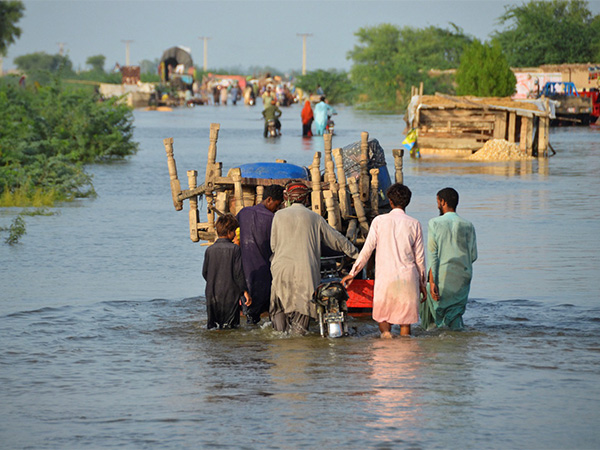
Islamabad: Over 200 people have lost their lives, including nearly 100 children, amongst those killed since the onset of Monsoon in late June, Geo TV reported on Saturday, citing Pakistan's National Disaster Management Authority (NDMA).
According to Geo TV which referred to the official data, Pakistan's Punjab accounted for 123 of the total deaths. This was followed by 40 deaths in Khyber Pakhtunkhwa, 21 in Sindh, 16 in Balochistan, 1 in Islamabad and 1 in Pakistan Occupied Jammu and Kashmir.
While the causes of death varied, it was reported that at least 118 people were killed due to collapse of houses, 30 due to flash floods while others lost their lives to drowning, lightning strikes, electrocution, and landslides.
Geo TV said that the rains have injured more than 560 people, including 182 children.
It further reported that in Rawalpindi, flash floods swept through homes, streets, and markets, submerging entire neighbourhoods, water levels rose dangerously -- in some areas reaching rooftops -- forcing residents to flee, leaving behind their belongings.
Faisalabad has also witnessed extensive damage, with 11 deaths and 60 injuries reported in 33 incidents over just two days. Most of the fatalities occurred due to the collapse of weakened structures.
Pakistan's Punjab saw heavy rainfall and landslides that destroyed infrastructure. As per Geo TV, at least 32 roads in Chakwal were washed away after over 450mm of rainfall.
Along with infrastructure damage, communication links remain severed, and the power supply is yet to be restored in several regions.
According to a recent report by UN News, there are also fears of glacier lake outburst floods in the Khyber Pakhtunkhwa and Gilgit Baltistan regions.
UN News highlighted how these floods show Pakistan's vulnerability to climate shocks. In the past in 2022, the monsoon floods had killed more than 1,700 people, displaced millions and devastated water systems. It had also resulted in economic damage estimated at nearly USD 40 billion.
Pakistan faces regular monsoon flooding from June to September, often resulting in deadly landslides, infrastructure damage and large-scale displacement, particularly in densely populated or poorly drained regions.